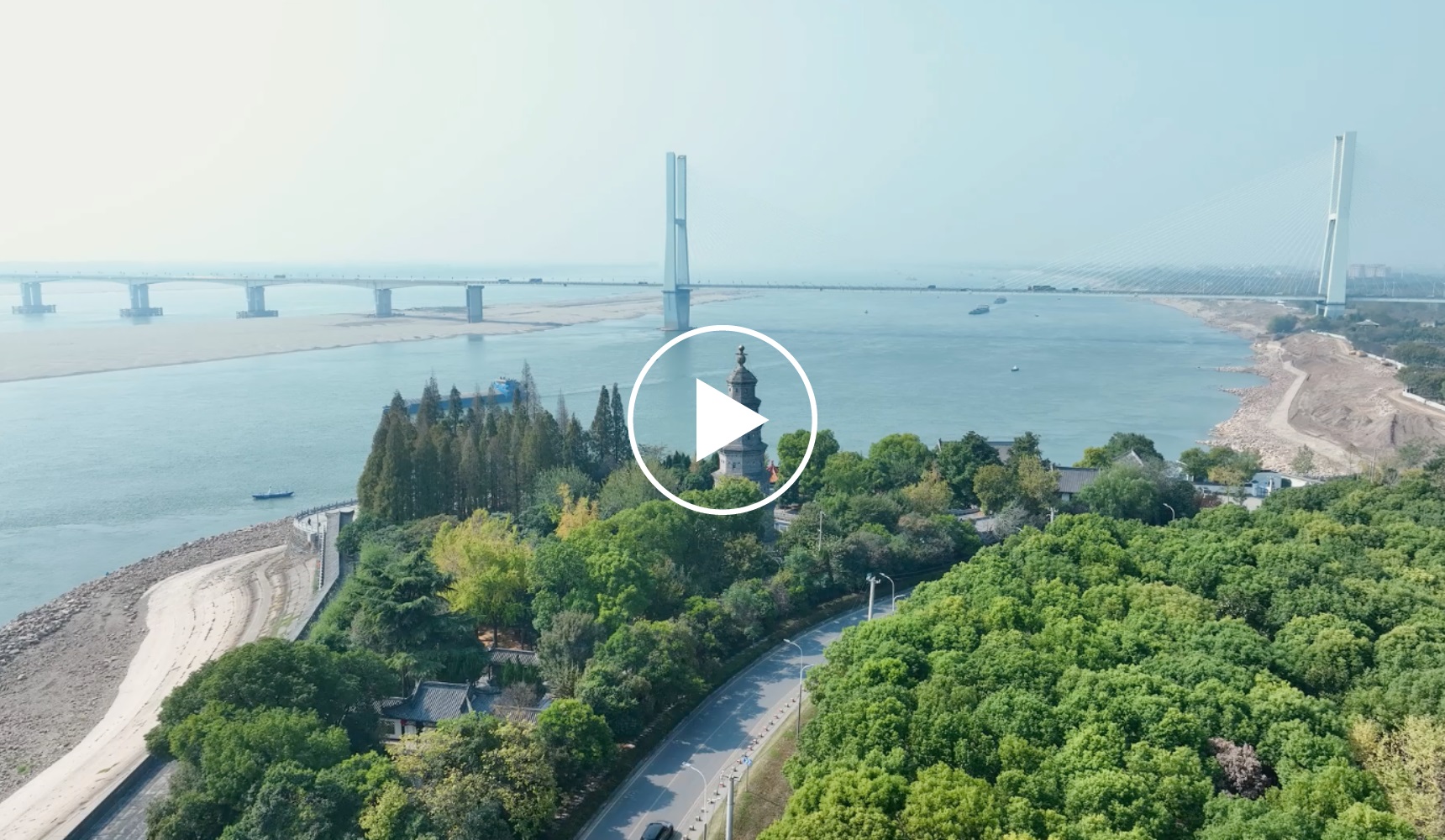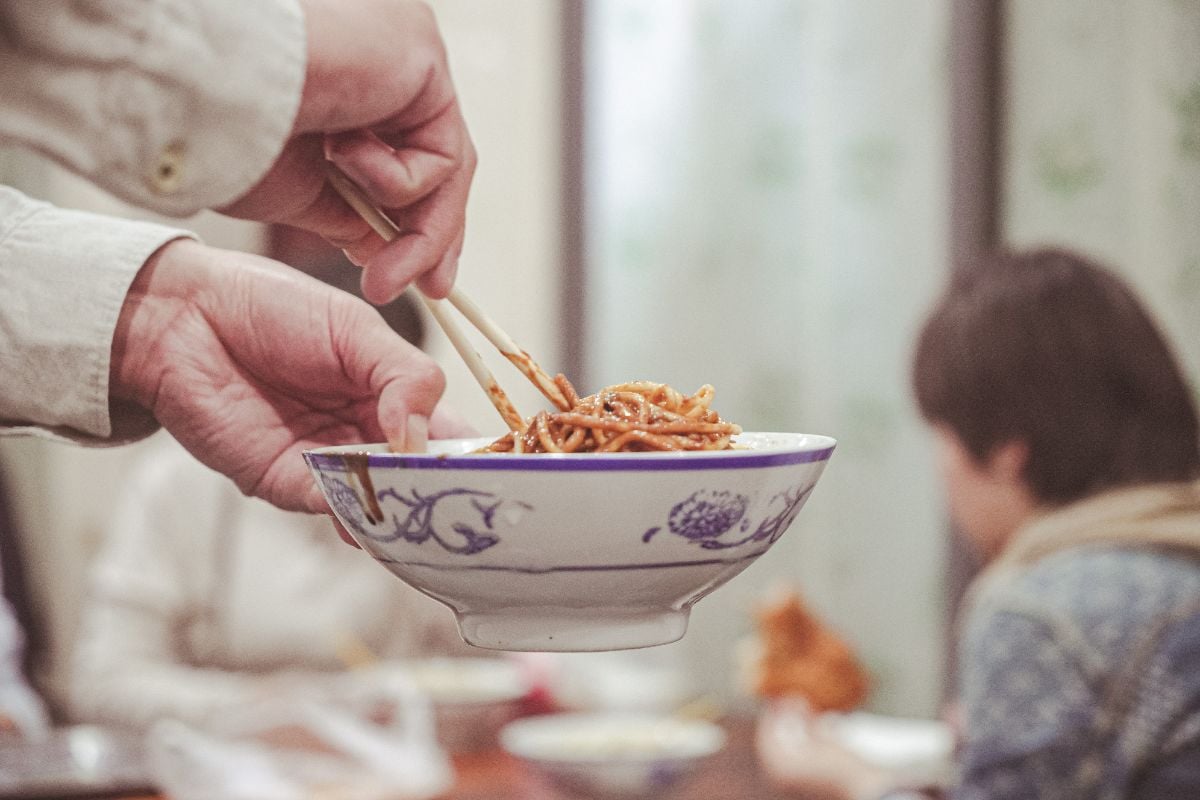Chef Tony Xu's 5 Tips for Sustainable Dining
VOL 16
Behind Our Latest Culinary Inspirations
Top tips from Chef Tony on his sustainable practices, and learnings from Chef Li Dong from his Hubei Discovery Trip. Here are the latest culinary happenings at our Houses.
What Chef Li Dong Learned on His Hubei Discovery Trip
This summer, Chef Li Dong from Jing Yaa Tang at The Opposite House set out on the latest exploration in his China Discovery Trip series. He headed to Hubei to learn about the central province’s legendary cuisine and these were his key takeaways.


1. The best eating happens after sunset
Come nighttime in Wuhan, there’s street after street of seemingly endless food stalls. You can find all kinds of fragrant, flavourful dishes including magnificent grilled prawns and street snacks like mantou from late night to early morning.

2. The earlier you drink, the kinder the people
It’s traditional in Wuhan to drink a bit of the strong stuff with your meal in the morning. At 9 a.m., hearty dishes like beef stew, fried rice, youtiao (fried crullers) and dumplings start being served. And what’s better to pair these dishes than Chinese baijiu? Sitting with friends and family , enjoying a glass with fantastic food truly is the best way to start your day – no wonder these people are so welcoming.

3. Food is nothing without its history
Set in a very unique geographical location, Hubei was a critical place during both the Spring and Autumn Period and Warring States Period. It embraces the ruggedness of northern cuisine, the vigour of southern cuisine, the spiciness of western cuisine and the elegance of eastern cuisine.

4. It’s the Gateway to the Nine Provinces
Wuhan is where maritime, river, rail and road transportation routes from almost every direction converge. As the meeting point of these routes, the city has long been the chief trading point for products from the middle Yangtze Valley as well as for west and southwest China – particularly tea, cotton, silk, timber, and tung oil and a variety of manufactured goods. This is why it’s often called the “Gateway to the Nine Provinces”, and it’s reflected in its cuisine.

5. The Han River is bountiful
The Han River offers a rich variety of freshwater fish, especially carp. Many different kinds of carp – grass carp, silver carp, bighead carp and other species – can be found in the province’s signature dishes. Staples in traditional rural cooking, these fish from the Han River have a unique flavour, delicious taste and are rich in nutrition.
Chef Tony Xu's 5 Tips for Sustainable Dining
The guiding concept at Mi Xun Teahouse is sustainability, but for Chef Tony, it’s also a way of life. Whether he’s working in the kitchen, dining out or cooking at home, choosing the eco-conscious option is always at the forefront of his mind. These are his top tips for dining more sustainably and contributing to a greener future, one meal at a time.

1. Embrace local and seasonal ingredients
Both at Mi Xun Teahouse and at home, Chef Tony prioritises locally sourced and seasonal ingredients. They're not only fresher and more flavourful but also reduce the carbon footprint from long-distance transportation. For Chef Tony, understanding what's in season and celebrating it in the dishes is the first step to sustainable dining.

2. Reduce food waste
Chef Tony is passionate about minimising food waste. Portion control and creative repurposing of leftovers are his key strategies. At Mi Xun Teahouse, he uses every ingredient to its fullest potential, and the same philosophy applies when he's cooking at home. It's about respecting the resources that go into food production.

3. Support local markets over supermarkets
Chef Tony prefers to shop at local markets whenever possible. They often offer a wider variety of fresh, seasonal, and locally produced ingredients. Plus, this supports local farmers and reduces packaging waste. Whether sourcing ingredients for a new menu item or shopping for his family meals, Chef Tony's choice is clear: support local and stay sustainable.

4. Choose vegetarian and sustainable proteins
At Mi Xun Teahouse, vegetarian cuisine reflects Chef Tony and the culinary team's commitment to sustainable dining. When dining out, he looks for restaurants that offer vegetarian options and prioritise sustainable seafood and proteins. Reducing meat consumption and choosing sustainable options can significantly lessen your environmental impact.

5. Educate family
Chef Tony believes that education is a powerful tool for change. He’s continuously learning about sustainable practices and ingredients, and sharing the knowledge with friends, family, and customers. By spreading awareness about sustainability, he can inspire the people around him to make more sustainable choices and create a ripple effect for a greener planet.
This summer, Chef Li Dong from Jing Yaa Tang at The Opposite House set out on the latest exploration in his China Discovery Trip series. He headed to Hubei to learn about the central province’s legendary cuisine and these were his key takeaways.


1. The best eating happens after sunset
Come nighttime in Wuhan, there’s street after street of seemingly endless food stalls. You can find all kinds of fragrant, flavourful dishes including magnificent grilled prawns and street snacks like mantou from late night to early morning.

2. The earlier you drink, the kinder the people
It’s traditional in Wuhan to drink a bit of the strong stuff with your meal in the morning. At 9 a.m., hearty dishes like beef stew, fried rice, youtiao (fried crullers) and dumplings start being served. And what’s better to pair these dishes than Chinese baijiu? Sitting with friends and family , enjoying a glass with fantastic food truly is the best way to start your day – no wonder these people are so welcoming.

3. Food is nothing without its history
Set in a very unique geographical location, Hubei was a critical place during both the Spring and Autumn Period and Warring States Period. It embraces the ruggedness of northern cuisine, the vigour of southern cuisine, the spiciness of western cuisine and the elegance of eastern cuisine.

4. It’s the Gateway to the Nine Provinces
Wuhan is where maritime, river, rail and road transportation routes from almost every direction converge. As the meeting point of these routes, the city has long been the chief trading point for products from the middle Yangtze Valley as well as for west and southwest China – particularly tea, cotton, silk, timber, and tung oil and a variety of manufactured goods. This is why it’s often called the “Gateway to the Nine Provinces”, and it’s reflected in its cuisine.

5. The Han River is bountiful
The Han River offers a rich variety of freshwater fish, especially carp. Many different kinds of carp – grass carp, silver carp, bighead carp and other species – can be found in the province’s signature dishes. Staples in traditional rural cooking, these fish from the Han River have a unique flavour, delicious taste and are rich in nutrition.
The guiding concept at Mi Xun Teahouse is sustainability, but for Chef Tony, it’s also a way of life. Whether he’s working in the kitchen, dining out or cooking at home, choosing the eco-conscious option is always at the forefront of his mind. These are his top tips for dining more sustainably and contributing to a greener future, one meal at a time.

1. Embrace local and seasonal ingredients
Both at Mi Xun Teahouse and at home, Chef Tony prioritises locally sourced and seasonal ingredients. They're not only fresher and more flavourful but also reduce the carbon footprint from long-distance transportation. For Chef Tony, understanding what's in season and celebrating it in the dishes is the first step to sustainable dining.

2. Reduce food waste
Chef Tony is passionate about minimising food waste. Portion control and creative repurposing of leftovers are his key strategies. At Mi Xun Teahouse, he uses every ingredient to its fullest potential, and the same philosophy applies when he's cooking at home. It's about respecting the resources that go into food production.

3. Support local markets over supermarkets
Chef Tony prefers to shop at local markets whenever possible. They often offer a wider variety of fresh, seasonal, and locally produced ingredients. Plus, this supports local farmers and reduces packaging waste. Whether sourcing ingredients for a new menu item or shopping for his family meals, Chef Tony's choice is clear: support local and stay sustainable.

4. Choose vegetarian and sustainable proteins
At Mi Xun Teahouse, vegetarian cuisine reflects Chef Tony and the culinary team's commitment to sustainable dining. When dining out, he looks for restaurants that offer vegetarian options and prioritise sustainable seafood and proteins. Reducing meat consumption and choosing sustainable options can significantly lessen your environmental impact.

5. Educate family
Chef Tony believes that education is a powerful tool for change. He’s continuously learning about sustainable practices and ingredients, and sharing the knowledge with friends, family, and customers. By spreading awareness about sustainability, he can inspire the people around him to make more sustainable choices and create a ripple effect for a greener planet.
By continuing to browse www.thehousecollective.com, you will be agreeing to the Privacy Statement, and the Use of Cookies Policy while using the website.




